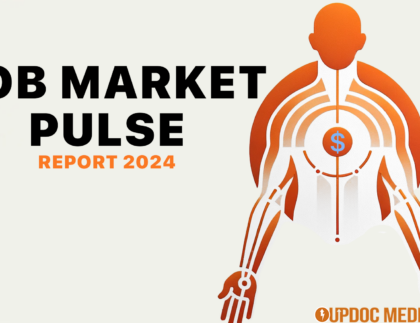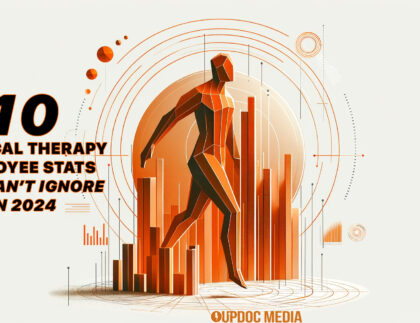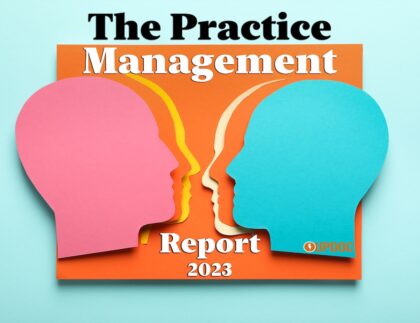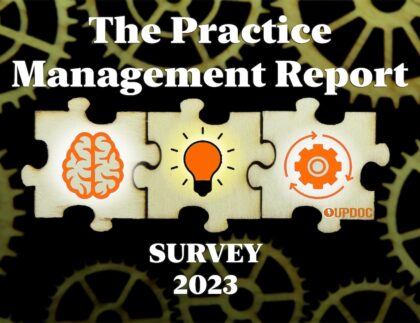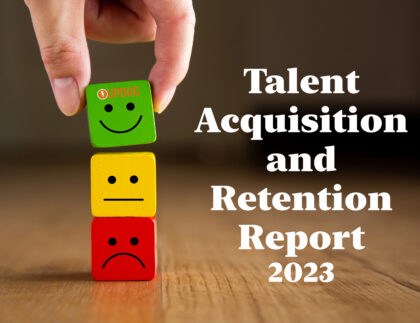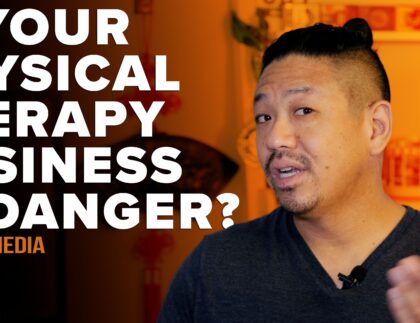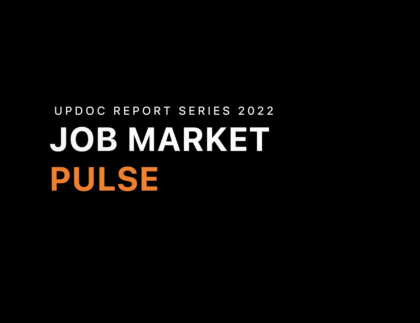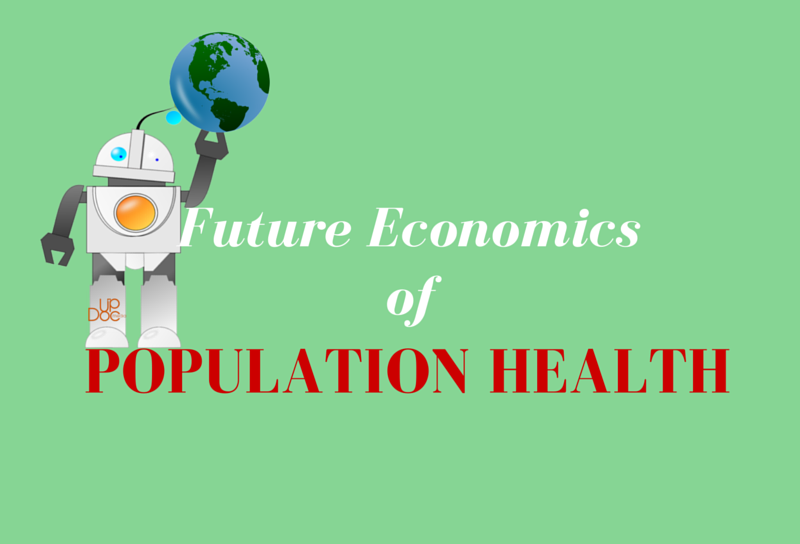
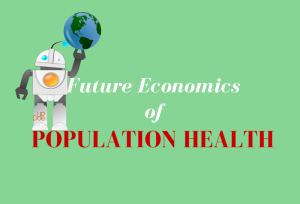
Let me paint this picture. Healthcare in the United States is paid for by people. Be it resourced from taxes, employee/employer contributions, consumer to business, or private pay, people pay for healthcare.
The thing of it is, people are currently the “problem” in healthcare — people represent the financial risk inherent in the economic system.
Unhealthy populations of people create an enormous service demand, and therefore, financial burden across the entire system. This exists from the basic end-user facing services such as receptionists, physicians, nurses, physical therapists, pharmacists, etc. This also exists across the dimension of supply chain, pharmaceuticals, R&D, insurance, finance, real estate, etc.
Well! Years ago, the concept of maintaining health to decrease this burden came about. Ask around, everyone basically agrees it didn’t really work. The incentivization and gamification factors were all wrong. Therefore, the system didn’t do what it was designed to do.
As things got more expensive, healthcare sought to do the only thing it knew how to. Decrease, decline, and depreciate health services aka “cost containment.” This came in terms of payment to businesses, extending out the labor duties and clinical responsibilities of providers, and it created a far more (and, unnecessarily so) complex environment, a veritable labyrinth for healthcare consumers to attempt in navigation.
And, we’ve all complained about it. There are more assistants, more extenders, more generalists, more technicians, more aides, more everything… but, no direct access to the right provider for the right patient for the right purpose at the right time.
Recognizing this, many larger health systems and associated entities are looking into the next generation of solutions. This time, it is population health.
Think about large pools of human capital who’s measure of value is their collective and summative status of health. The healthier they are, the more valuable they are as they are more likely to be able to financially contribute to the system as well as them being less likely to be a burden. They are assets to the ecosystem. The less healthy they are, the more of an expense they are. They are a risk to the ecosystem; less likely to contribute and more likely to be a burden.
Each pool (or population) contributes financially to the ecosystem so that the right people can be paid, the right resources can be purchased, and the right processes can be in place when the consumers from each pool requires it.
The thing of it is, if you are already healthy, there really isn’t much incentive to be paying into this ecosystem. And, if you have a lot of underlying health concerns (particularly ones related to lifestyle), the “royal you” are hoping that the system will have solutions for both your health as well as your finances — to take care of you (in part), while you take care of yourself.
Now, these are generalizations. So, please, before we all get up in arms because generalizations are offensive… I’m not pointing figures at YOU. I’m describing the general facts.
Meanwhile, back at the ranch: since paying it forward didn’t work as planned — we are left with the question: Now what?
How do we incentivize and gamify pools of population to both elevate their health, contribute financially to the system, decrease their human capital burden, and get some form of return? To get back what they put in?
In my humble opinion, I will presume to say this:
Healthcare will soon become a game of investment banking, based on the pool values of population health across conceptual and tangible securities.
I can foresee leading edge innovators finding ways to incentivize human capital health elevation through financial gamification; insurance premiums coming back to healthy pools of population as dividends and increased premiums as well as dividends absorbed due to services rendered upon less healthy population pools in the same vein.
The average family pays out several hundred dollars a month for health insurance. Round it to $5000 per year, now we’re dealing with financial levels akin with retirement accounts and their annual contribution potential. Think across this for 5 or even 10 years, with families who are wonderfully healthy and in very little need of any interventive health services. Imagine dividends being returned to them in some health-retirement account which could also be invested in the stock market.
This is the future landscape I see for the economics of population health. This is the one of the only ways I can foresee that population health will not turn into a doomed and repetitive history. This is the only way that payers, providers, and patients as consumers, will respond to an economic game condition in a way where incentives are aligned for maximum benefit to the group of parties as a whole as well as to their own individual gain.
This is the future I see for successful population health management; a gamification of health and human capital where individual gains come hand in hand with unified gains for all stakeholders at large.
